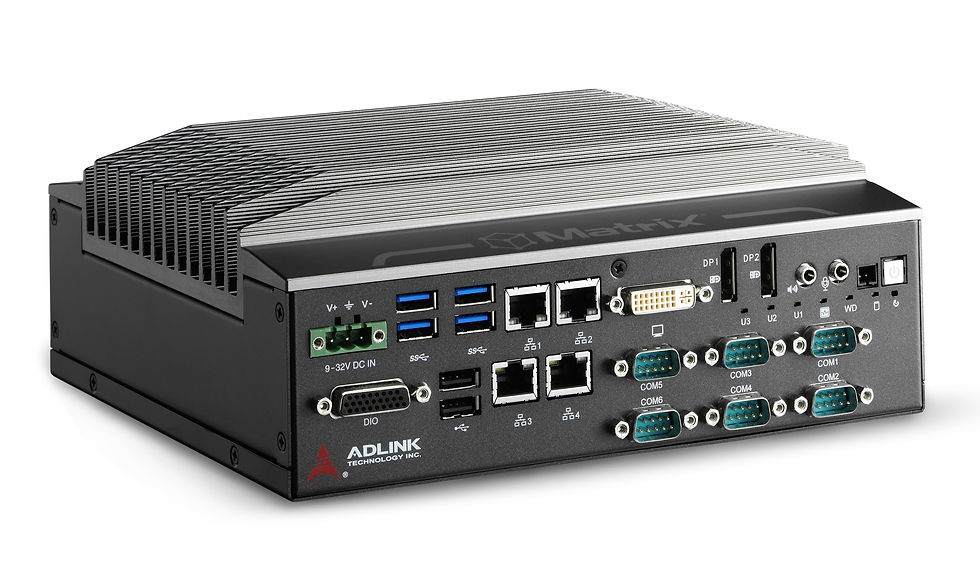Different Types of Hinges
- joddiemarshall6
- Sep 2, 2022
- 3 min read
When it comes to hinges, there are many different types available, and some of them are more expensive than others. Some types are Pivot hinges, Case hinges, and Invisible hinges. Before you decide which type is right for your case, there are some things you should consider. First, consider your budget. You'll want to select relatively inexpensive hinges. If you're working with a limited budget, you may consider using coated steel hinges. These are less expensive than brass but will not have the same aesthetic value.

Butt Hinges
Butt Hinges are an old design with a timeless feel. Their design is simple, yet effective. This type of hinge has been used since Roman times. A butt hinge consists of two metal plates with interlocking teeth (called knuckles). A metal pin passes through the knuckles and allows the two hinged plates to open and close face to face.
Butt hinges are commonly used on doors and fabricated panels. They consist of two rectangular plates that fit together and are held together by a metal rod or pin. The hinges are available for both residential and commercial applications. Most are designed for doors that are between one and three-quarter inches thick, though they can also be used on thicker doors.
Butt hinges are available in several materials, including aluminium, hot and cold-rolled steel, stainless steel, and galvanized steel. Some butt hinges are fire-rated. They are ideal for interior doors with light traffic. Decorative details are also available for butt hinges. For a more eye-catching look, consider a ball tip butt hinge, which features decorative details on the top and bottom of the barrel.

Pivot Hinges
Pivot hinges allow doors to be adjusted without the use of tools or hammers. These hinges can be used on both rated and non-rated doors and are available with a wide range of different features and materials. The hinges' stainless-steel construction and precision bearings allow them to operate smoothly. They also feature stainless steel machine screws and wood screws, and a positive locking vertical adjustment mechanism. These hinges are perfect for both wood and hollow metal doors.
Pivot hinges allow doors to pivot on a pivot point. Unlike butt hinges, which are attached to the side of the door, pivot hinges attach to the top and bottom of the door, as well as to the head of the frame and the floor. They also provide greater flexibility to swing a door in either direction.
Pivot hinges are very popular in many kinds of door applications, including commercial and residential ones. They are typically installed on doors that require large openings. These hinges also allow heavy, wide doors to be installed without worrying about whether the frame will be strong enough to support the weight. Additionally, pivot doors are popular in restaurants, where waiters can move around with trays without bumping into anything.

Case Hinges
Case hinges allow the lid of the case to bend around a pin located in the middle of the hinge. The high visibility of this part of the hinge often leads to ornamentation. Some manufacturers will add decorative trim to the hinge to make it look more beautiful. These details may not be necessary if the case is strictly utilitarian.
Case hinges are manufactured by a variety of methods, including casting, extruding, and milling. The chosen manufacturing process depends on the profile of the hinge, its material, cost, and available technology. For instance, casting is a relatively inexpensive and simple way to mass-produce hinges, but its manufacturing process is not always the best one for heavy-duty hinges.
Butt and butterfly hinges are very similar in construction, but the butterfly has added aesthetics. Both hinge types are used in furniture doors. However, butterfly hinges do not have the strength of case hinges.

Invisible Hinges
Invisible Hinges are hidden mechanisms that allow a door to open and close smoothly and quietly. They are a smart choice for a wide variety of applications. These hinges can be mortised into a door's panel or jamb, so there are no exposed pins. They are also available in many finishes including Satin Chrome and White E-Coated. They can be installed in wood, metal, and plastic doors, and can also be used on operable partitions.
Invisible hinges are a modern alternative to traditional hinges. They are crafted from cold-rolled steel and have excellent jointing, eliminating visible hinge parts. They are ideal for upscale homes and commercial settings and have a 3-hour fire rating. They can be easily installed on any type of door and are highly functional and inexpensive.

Hidden hinges are another great option for cabinets. They provide a cleaner look than traditional hinges and are much easier to clean. As they are hidden, they do not leave a visible pinch point on the inside of the cabinet, which makes them an excellent choice for high-security areas.



Comments